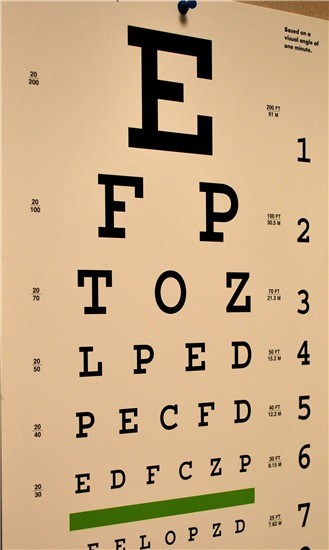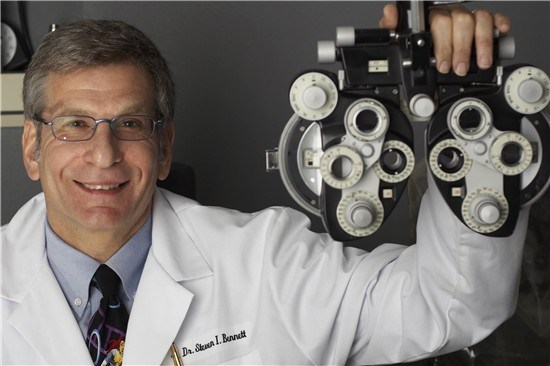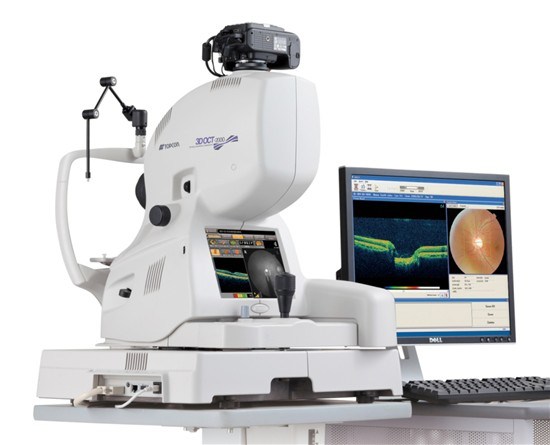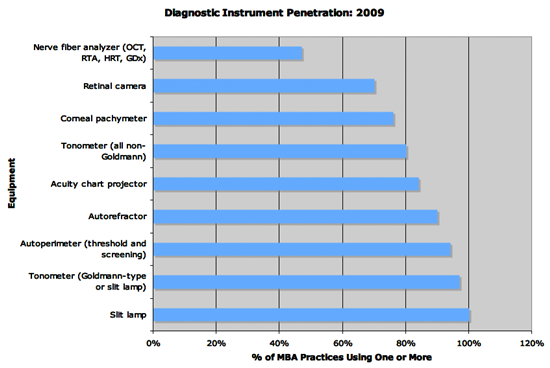Planning the Three Stages of Optometric Practice
By Bob Schultz, President, CEO, Vision One Credit Union
 When graduating optometry school, retiring from practice seems a lifetime away. In a perfect world, it is. But when you factor in today’s daunting economic dynamics (student loans, practice acquisition debt, keen competition and diminishing patient loyalty), a graduate’s spanking new career plans may be amended by a more sobering reality. In a very real sense, a beginning optometrist should plan from the start to be a successfully retired optometrist one day. This requires a total career strategy, one that likely will have many twists, turns and adjustments along the way.
When graduating optometry school, retiring from practice seems a lifetime away. In a perfect world, it is. But when you factor in today’s daunting economic dynamics (student loans, practice acquisition debt, keen competition and diminishing patient loyalty), a graduate’s spanking new career plans may be amended by a more sobering reality. In a very real sense, a beginning optometrist should plan from the start to be a successfully retired optometrist one day. This requires a total career strategy, one that likely will have many twists, turns and adjustments along the way.
Managing Expansion Successfully
By Roy Kline, OD

Making Time, Not Finding Time
How do you know when it’s time to expand and take on a partner? For me, it’s when I am feeling guilty for taking any time off from work, because income is not coming in because I am not there. When it feels impossible to take time off, that’s also an indicator. That’s when you know you have to bring in another optometrist. I attend to a lot of continuing education, about four times the required amount. I also lecture, and I am a clinical investigator, as well. I am out of the practice about 80 days a year. Given all of my professional development activities, I took on a partner 13 years ago.
Family Transition/Practice Transformation
By Steven Bennett, OD

Defining a Personal Management Style
When I took over the practice from my father, I wanted to concentrate on the professional side of the practice and couldn’t imagine running the staffing and business side of the practice at the same time. The previous generation would handle staff situations right in the middle of seeing patients. If staff members had a problem or wanted a raise, they would go to my father. That’s why I hired a business manager who runs the office, so I don’t have to sweat the small stuff anymore.
Making Glaucoma Diagnosis and Treatment a Specialty
By ROB Editors

An estimated 4 million Americans have glaucoma, but only 2 million have been diagnosed. As eyecare professionals, we need to do a better job of detecting and treating this sight-stealing condition. If we succeed at this, we can better serve patient needs while capturing significant practice growth.
However, getting into this area of the medical model requires a major capital outlay to acquire adequate instrumentation to help in diagnosing and treating glaucoma patients. Especially costly is new cutting-edge equipment that allows us to examine the eye including the retina and optic nerve with remarkably improved detail. Your financial decision on whether or not to embrace glaucoma diagnosis and treatment in your practice hinges on one critical question: Are you seeing enough glaucoma patients to justify the lease or loan payments necessary to acquire proper instrumentation?
Do You Have the Tools Needed to Diagnose Glaucoma?

Of the MBA practices surveyed, all of them had slit lamps, but only 47 percent had any nerve fiber analyzers (OCT, RTA, HRT, or GDx). Here’s how the percentages broke down for the other equipment.Retinal camera, 70 percent; corneal pachymeter, 76 percent, non-Goldman tonometer; 80 percent; Goldman-type or slit lamp tonometer, 97 percent; autperimeter (threshold and screening), 94 percent.





















